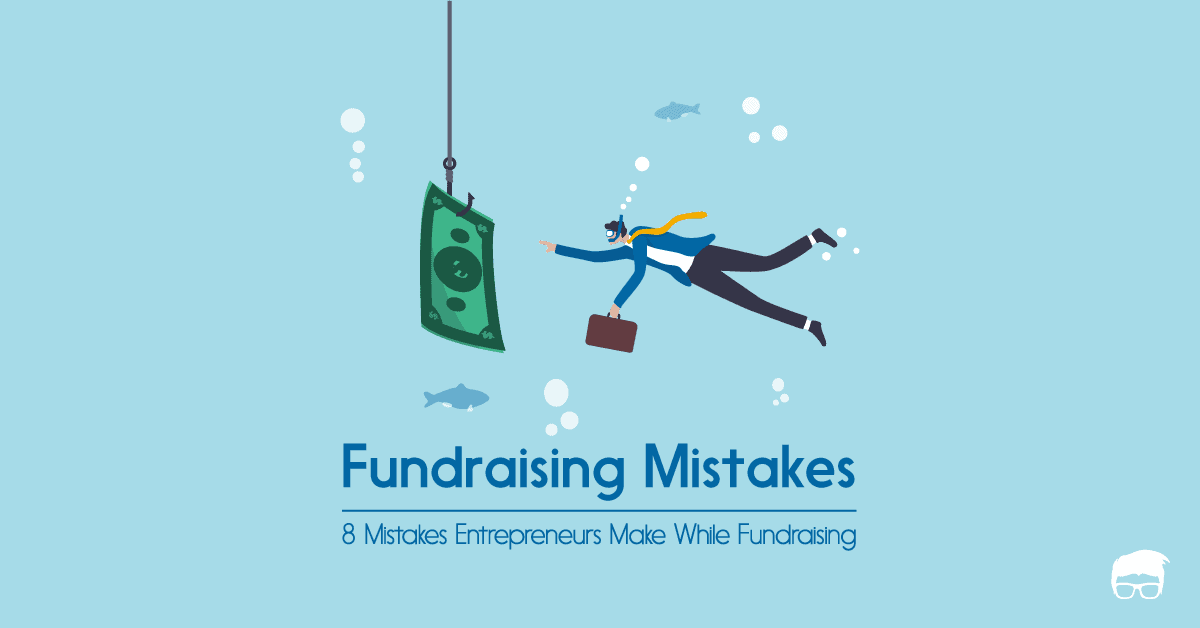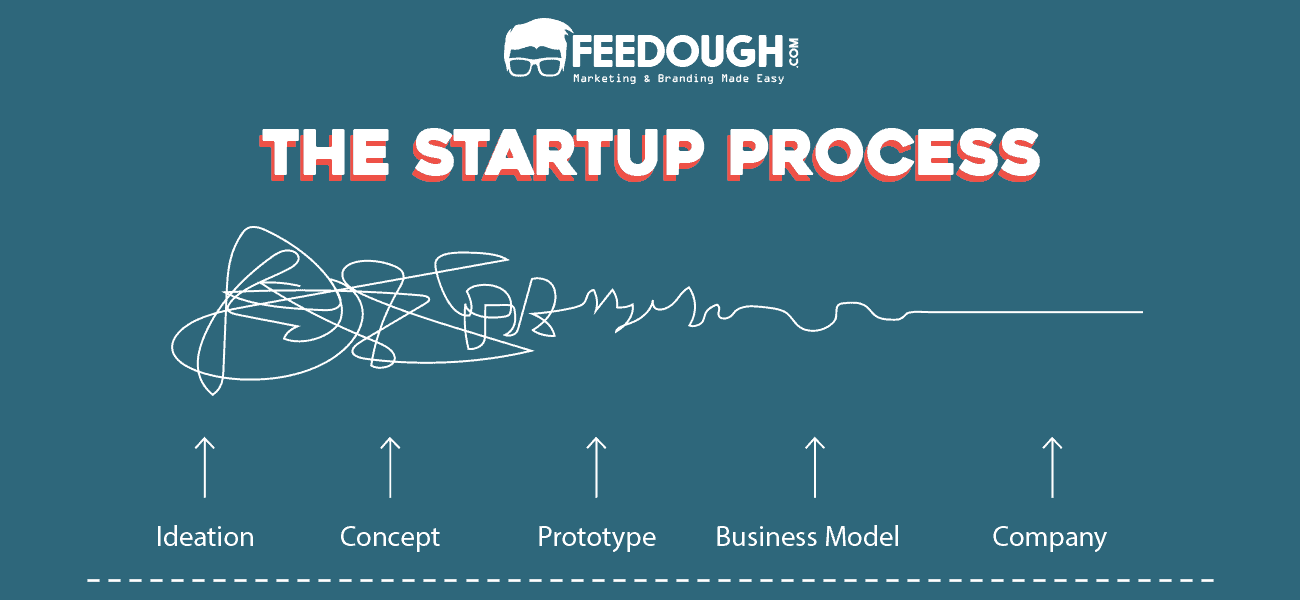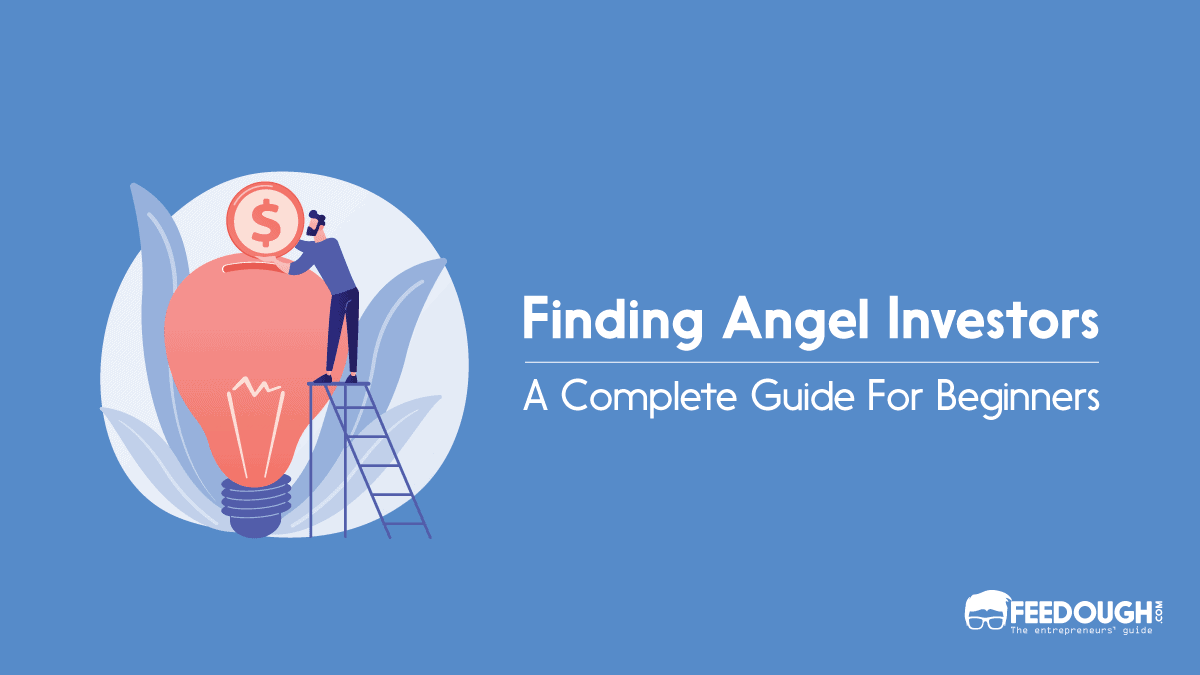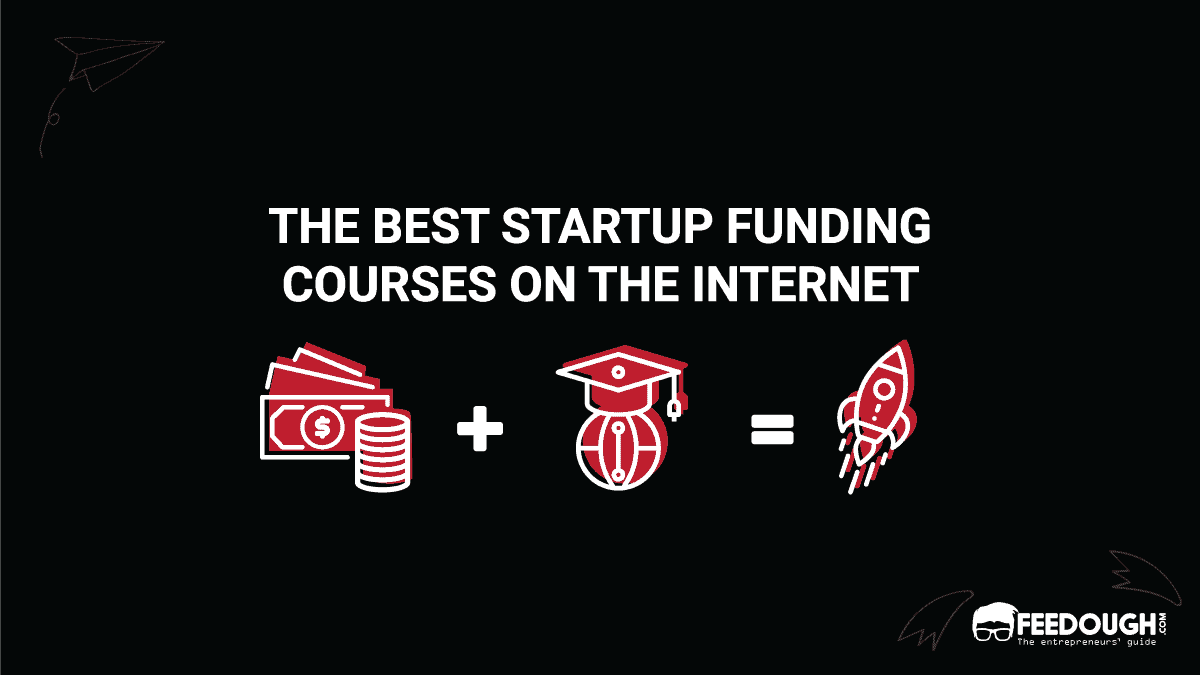It takes a lot of time, dedication, and hard work to start a successful startup. It can be even harder to raise funds, especially when you’re new to the arena.
But you can’t afford to make mistakes. Because one mistake can mean the difference between success and failure.
So learn everything before you step into the game.
Here’s the startup fundraising process to help you understand the chronology.
- You build a prototype and MVP and validate your assumptions
- Create a winning pitch deck.
- Research investors on websites like Angel List, Crunchbase, Gust, etc.
- Find the best-fit investor(s) for your startup.
- Look for mutuals or people who can align you with them (direct pitches rarely work)
- Pitch your startup over emails to these investors to set a meeting
- Attend investor meetings and pitch
- Work on term sheets and other contracts
- Survive due diligence
- Close the round with wire transfers and execute the paperwork
Assumptions Validation
Before you even start thinking of startup fundraising and even developing your pitch deck, you make sure that your product actually solves a problem that people have.
You do this by testing your hypotheses with real data and feedback from your target market. This is important because no one would want to invest their hard-earned money in a business or product that no one wants.
You build an MVP (Minimum Viable Product) to validate your assumptions and get real users to try it.
Then you use their usage data and several KPIs like churn rate, customer lifetime value, and acquisition costs to see if your product has potential.
Once you’re confident that your product has a problem-solution fit and product-market fit, only then do you start thinking about raising funds for your startup.
Pitch Deck Development
Your pitch deck is the first impression potential investors will have of your startup. It’s the document you use to present your business to potential investors during your startup fundraising process.
This pitch deck includes slides that give an overview of your business, team, target market, product, and go-to-market strategy.
It also includes slides on your business model, how you plan to generate revenue, and a slide on your financial projections.
The goal of this pitch deck is to get potential investors interested in your business so that you can further discuss the opportunity with them.
So you focus on creating a winning pitch deck.
By winning, we mean a convincing, clear, and focused pitch on your startup’s potential.
You develop this as an investment opportunity to the investor, not as a product sales pitch.
It highlights the problem you’re solving, how you plan to solve it, and why you can succeed where others have failed. All this is backed by how investing in this problem would be profitable for the investor.
Investor Research & Selection
Not every person with a tag angel investor or venture capitalist is interested in your business.
This step involves you researching to find the best-fit investors for your startup.
You do this by using websites like Angel List, Crunchbase, and Gust. These are great resources for finding and researching investors.
You can also use LinkedIn to find and connect with potential investors.
The term potential investor means an individual or an institution with both the willingness and the ability to invest in your startup.
The best-fit investor for your startup is someone –
- With experience in your domain,
- Who has invested in companies of a similar size as yours,
- Preferably, in the same geography as you,
- And finally, who is passionate about the problem you’re solving.
Getting Introduced To The Investor
An average investor receives around 500 pitches in a year, while an established one like Sequoia Capital receives about 10,000 pitches.
A cold pitch in this scenario rarely works as there is a high chance of your email getting lost in the flood of emails.
This is where having a mutual connection comes in handy.
Your goal here is to get introduced to the potential investor by someone they know and trust.
Find someone connected to the investor you want to reach out to, and ask them if they can introduce you.
Make sure you do your research well before asking someone for an introduction. If it’s a friend, you can ask them directly. But if it’s an acquaintance or someone more important or senior, you must be armed with relevant information about your company and a short elevator pitch.
Conversation Initiation
Once connected to the investor through a mutual connection, you must try to get into their emails by creating a warm introduction.
This is where your email deck comes into play. An email deck is a pared-down version of your pitch deck, including the crucial elements but not exceeding ten slides. It usually includes more text than the actual pitch deck.
Your goal here is to get your startup in front of the investor so that they can review it and decide if they want to invest further in your opportunity.
The email deck is usually crisp, well-structured, straightforward, and has a call to action that asks the investor to evaluate and discuss your pitch deck with you in person.
You may also include a video pitch along with your email deck to make it more engaging.
Investor’s Meeting & ThePitch
This is the D-day when you finally meet the investor and pitch your startup.
The meeting is preceded by you doing a good research on the investors you’re meeting, their portfolio companies, the domain they’re interested in, and any other information that would be useful.
The meeting is usually short, with around 20-30 minutes provided for the pitch and another 15-20 minutes for questions.
It involves introducing yourself, explaining your business idea and potential to the investor, and answering any questions they have about your startup, followed by your investment proposal.
This meeting aims to raise the investor’s interest and get a commitment from them to invest in your startup. The pitch is usually followed by negotiations on the investment type, amount, valuation, and equity.
Investment Negotiation & Due Diligence
Unless it’s a Demo Day organised by an accelerator or an incubator, where startups get to pitch in front of multiple investors, the negotiations don’t end in the first meeting.
It usually takes a few more meetings to reach an agreement on the investment amount and other important details. Both the parties engage in a give-and-take process to come to an acceptable conclusion where both of them benefit.
The investor team carries out due diligence of your startup involving a close examination of all aspects relating to your business, such as financials, revenue model, competition, team strength, and even the founders’ previous work experience.
After coming out successfully from this stage, the final negotiations take place.
The pre-term sheet stage requires you to clearly understand the investment type (equity, debt, convertible note, or SAFE), amount, valuation, and equity allocation between the founders.
This is where having a good investment lawyer comes in handy, as they help you understand the legal implications of the investment term sheet and protect your interests.
The Term Sheet
The term sheet is an agreement that details the investment structure and its terms.
In general, it includes three types of terms that both the parties agree to:
- Economic terms: That talks about valuation, price per share, and the amount of investment along with intricacies like vesting, excise period, and anti-dilution.
- Control terms: That define the rights and responsibilities of the shareholders, board seats, protective provisions, and the drag-along agreement.
- Other terms: They include dividends, redemption rights, and rights to assets, among others.
Note that the term sheet is a non-binding agreement and is usually followed by a more detailed due diligence, which gets converted into a legally binding agreement, i.e., the shareholders’ agreement.
Post-Term Sheet Diligence
Due diligence doesn’t end with the term sheet. The investor team now carries out a more detailed and in-depth analysis of your startup.
This stage is more critical as it involves a lot of legalities such as reviews of employment contracts, intellectual property, corporate organisational documents, and other agreements.
This is also the time when the investor’s lawyer gets involved to ensure that the legal terms in the term sheet are adhered to.
During this phase, the investor team deep dives into:
- Bank statements and financial statements: They closely examine the startup’s financial health and its market valuation.
- Background checks: The investor team checks the background of each founder and their reputation in the market.
- IP diligence: They make sure that the business’s intellectual property is protected.
- Legal due diligence: Founder and team related previous legal issues that may include ex-founder issues, personal guarantees, and lawsuits.
Due diligence can last for a few days to months, depending on how complex your startup is and what information are you willing to share with them.
Round Closure And Fund Transfer
Once the due diligence is completed, it’s time to close the deal and get the funds transferred to your account.
The final step in the journey is signing the legal documents that formalise the investment and transferring the funds.
This usually includes:
- The shareholders’ agreement: It’s a binding contract between the company and its shareholders that outlines the terms and conditions of the investment.
- The debt agreement: This legal document specifies the amount to be paid back with interest at a particular time period.
Once these documents are signed, you are welcome to begin your startup journey leading it to success!
Go On, Tell Us What You Think!
Did we miss something? Come on! Tell us what you think about our article on startup fundraising process in the comments section.
A startup consultant, digital marketer, traveller, and philomath. Aashish has worked with over 20 startups and successfully helped them ideate, raise money, and succeed. When not working, he can be found hiking, camping, and stargazing.



![How To Get Startup Funding [The Complete Guide] startup funding guide](https://www.feedough.com/wp-content/uploads/2022/08/startup-funding-guide.webp)




